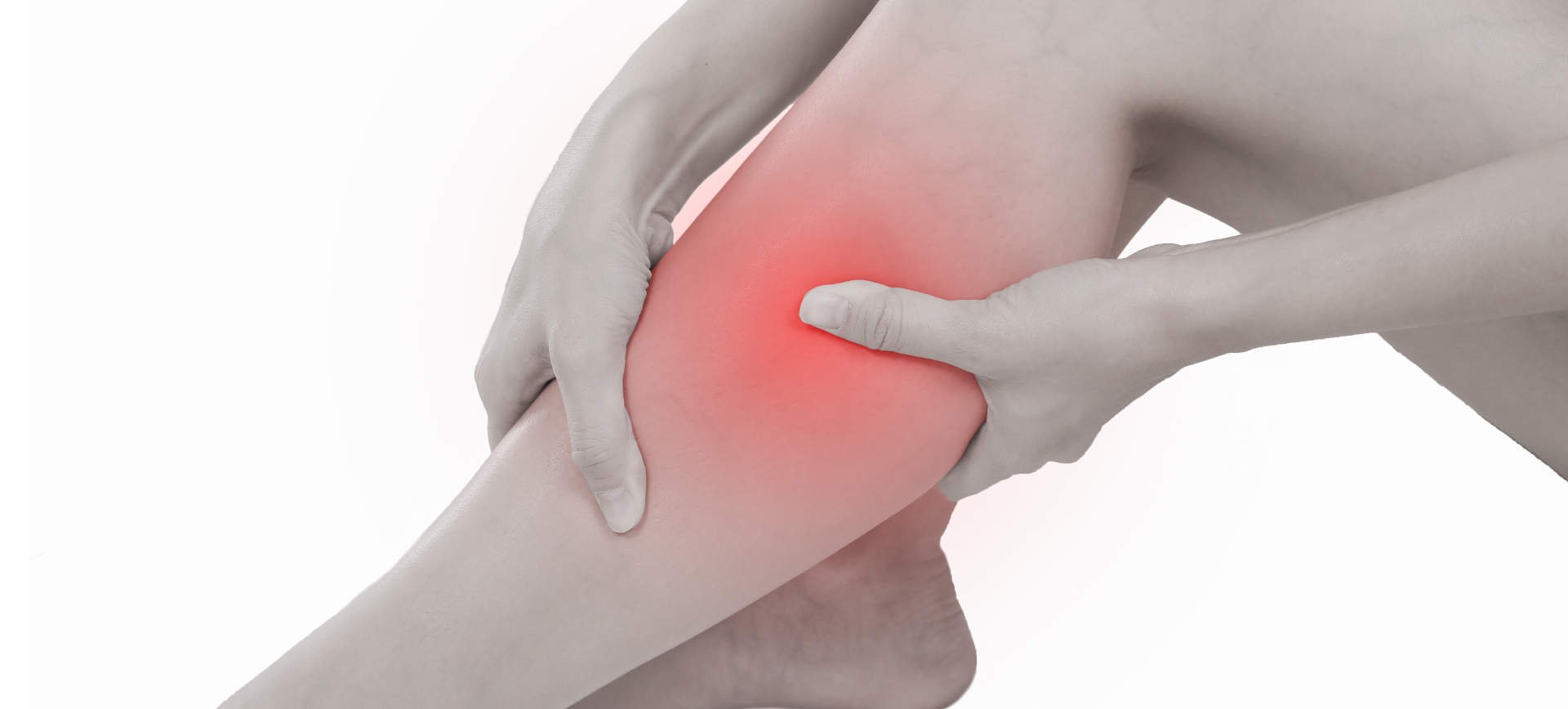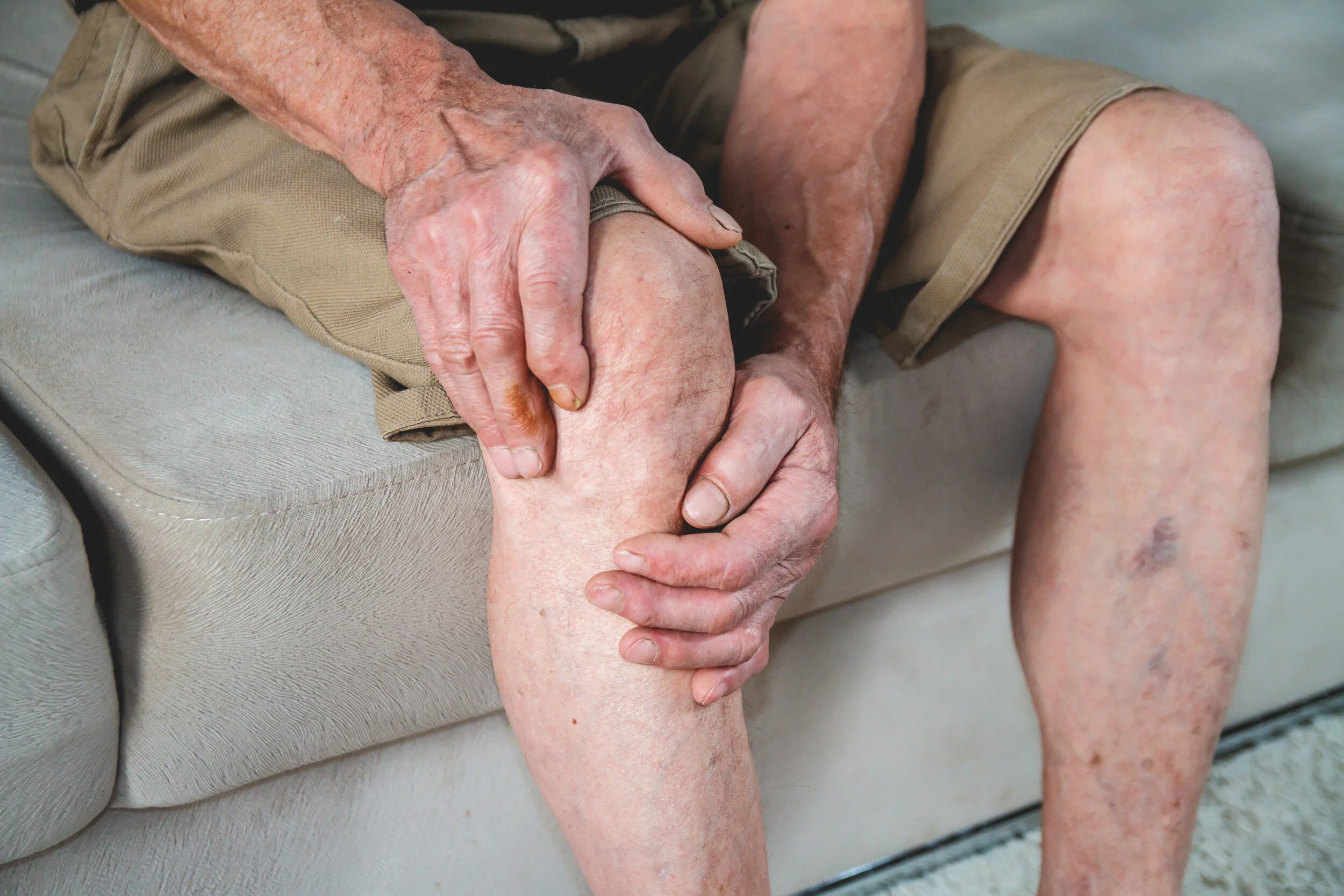
Blocked Leg Arteries

Also known as peripheral artery disease (PAD)
Occurs when fatty deposits build up in the arteries, reducing blood flow to the legs.
Peripheral artery disease is very common, affecting 8-12 million Americans, although numbers are probably higher due to a lower rate of diagnosis. 75% of them aren’t getting treated, which is more than cancer, stroke, and congestive heart failure.
This condition can lead to leg pain, numbness, and potentially serious complications such as non-healing wounds or even amputation.
If left untreated, PAD can significantly impact a person's quality of life and increase the risk of heart attack or stroke.
Treatment may involve lifestyle changes, medications, or angioplasty to improve blood flow to the legs.
What are symptoms of blocked leg arteries?
If you have plaque in your arteries, you will feel painful cramping in one or both of your hips, thighs, or calf muscles during physical activity (called ‘claudication’). Other symptoms include the following:
What causes blocked leg arteries?
This condition is commonly caused by a condition called atherosclerosis. Atherosclerosis is a buildup of plaque in the arteries, which narrows the blood vessels and restricts blood flow to the legs. This plaque is made up of cholesterol, calcium, and other substances found in the blood. Over time, the continuous accumulation of plaque can lead to the hardening and narrowing of the arteries, resulting in reduced blood supply to the legs.
What increases my risk of developing blocked leg arteries?
Diabetes
Diabetes is a significant risk factor for peripheral artery disease (PAD) due to its impact on blood vessels throughout the body. High blood sugar levels associated with diabetes can lead to damage and narrowing of the arteries, reducing blood flow to the extremities. Over time, this leads to reduced circulation, pain, and increased risk of serious complications, like infections and tissue damage. Patients with diabetes need to manage their blood sugar levels effectively to lower their risk of developing PAD and other cardiovascular issues.
Smoking
Smoking cigarettes significantly increases the risk of peripheral artery disease (PAD) by damaging the blood vessels throughout the body. Additionally, smoking contributes to inflammation and reduced oxygen levels in the blood, further exacerbating the risk of developing PAD. Quitting smoking is crucial in preventing PAD and improving overall vascular health.
Advanced age
Individuals older than 50 years old are at an increased risk for peripheral artery disease (PAD) due to the natural aging process that can lead to a buildup of plaque in the arteries.
Being African-American
Black Americans are more likely to develop peripheral artery disease (PAD) compared to other racial and ethnic groups. Factors such as genetics, higher prevalence of diabetes, and lifestyle choices contribute to the increased risk of PAD in the Black American population.
How is it diagnosed?
Peripheral artery disease is diagnosed through a simple, 2-minute test called the Ankle Brachial Index, or ABI.
The test measures the blood pressure in your ankle against the blood pressure in your arm to determine whether there is an issue with circulation.
If these readings are out of balance, it could indicate peripheral artery disease.
Having an ABI test and getting appropriate treatment could help stop the disease from getting worse – possibly saving a toe or leg from amputation.
We, at MIMIT Health, offer this test. Complete our contact form or call/text us to schedule.
Treatment for blocked leg arteries
Angioplasty is a minimally invasive procedure commonly used to treat peripheral artery disease (PAD). During the procedure, a catheter with a small balloon on its tip is threaded through the blood vessels to the narrowed or blocked area. The balloon is then inflated to widen the artery and improve blood flow to the extremities. In some cases, a stent may be inserted to help keep the artery open.
Without treatment, peripheral artery disease can turn into critical limb ischemia (CLI), which is the worst form of peripheral artery disease.
It’s characterized by severe pain in the legs and feet while not moving, thickening of the toenails, and the presence of an ulcer or gangrene (dead tissue from lack of blood-flow). You might feel the need to hang your foot off the edge of the bed to get pain relief.
In CLI cases, amputation might be necessary.















